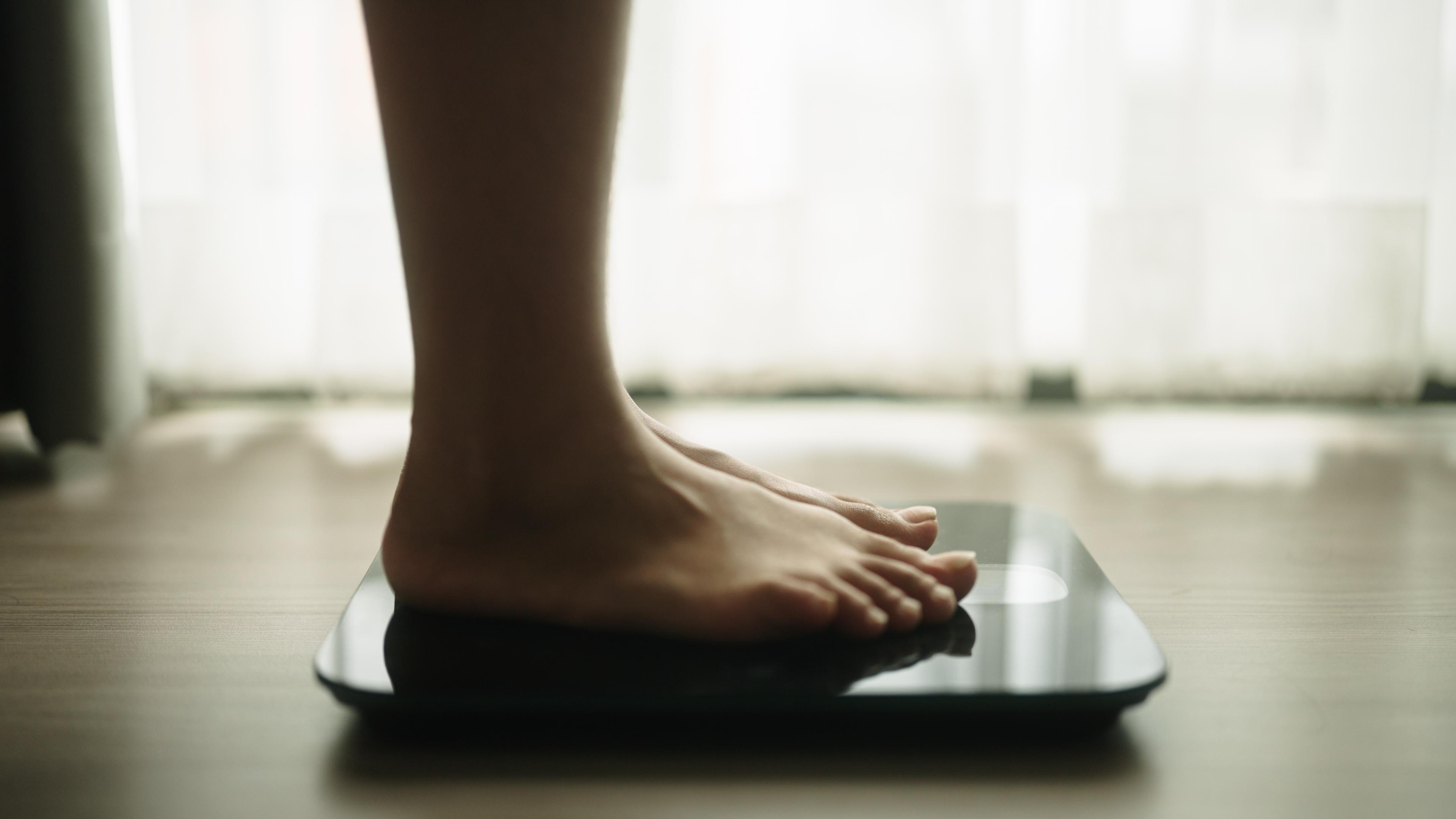
When you’re searching for eating disorder treatment, the options can feel overwhelming—just the acronyms alone (IOP, PHP, FBT?) are dizzying. Often, the first decision you need to make is whether to choose inpatient or outpatient eating disorder treatment. In most cases, outpatient is the right choice, but what exactly does that entail? In this in-depth guide to outpatient eating disorder treatment, we take a closer look.
Levels of care in eating disorder treatment: a quick primer
Before we dive into outpatient eating disorder treatment, it’s important to zoom out and look at the whole spectrum of treatment choices. We’ll mention them briefly here, but for a more complete look at these different levels of care, check out our guide to eating disorder treatment options.
From least to most intensive levels of care, these are generally the choices you have for eating disorder treatment:
- Low-touch outpatient care: Sometimes referred to as routine outpatient treatment or just outpatient treatment, this approach involves meeting with one or more practitioners on a weekly basis, usually for an hour each. That might mean seeing a dietitian, therapist, and medical provider, for a total of three hours of care per week.
- Intensive outpatient program (IOP): An IOP combines individual work with group treatment in a structured program. It meets anywhere from two to five times a week, usually for about two to three hours each time. Since many IOPs meet in the evenings or mornings, patients can often attend without disrupting school or work.
- Partial hospitalization program (PHP): A PHP is another structured program that combines group and individual work. It usually occurs in a hospital setting, and generally meets five days a week for at least six hours a day, meaning that patients will eat the majority of their meals and snacks at the treatment center. Though patients spend evenings and weekends at home, it’s generally not possible for them to continue participating in school or work at this level of care.
- Residential treatment: With residential treatment, patients receive 24-hour care at a live-in facility (not a hospital). They receive both individual and group treatment in a structured program, eat and sleep at the facility, and are supervised around the clock.
- Inpatient treatment: The most intensive level of care, inpatient treatment is 24-hour care at a hospital. The primary focus of inpatient treatment is medical stabilization, and stays are typically relatively short (three weeks or less). Inpatient treatment is often necessary for people experiencing some of the most dangerous health effects of eating disorders, like electrolyte imbalances.
Equip is redefining the traditional treatment landscape, which provides a fragmented experience through each level of care and pulls patients out of their community and away from their support system. Instead, we provide individualized treatment with a dedicated, multidisciplinary provider team that supports patients through different acuity levels and into lasting recovery.
Our providers are experienced and successful in treating highly acute patients who would otherwise need to seek residential treatment, a partial hospitalization program (PHP), or intensive outpatient program (IOP), as well as low or medium acuity patients looking for outpatient alternatives. Instead of "stepping down" between care levels, patients are able to stay with the same care team as their treatment evolves.
What counts as outpatient eating disorder treatment?
Though people may say “outpatient treatment” when referring to low-touch outpatient care, outpatient eating disorder treatment technically encompasses any kind of treatment in which the patient lives and sleeps at home. That means it includes routine outpatient care, IOP, PHP, and anything in between. It also includes virtual treatment, which can take a number of different forms across IOP, PHP, and individual treatment settings. While Equip is "outpatient" in the sense that patients live and sleep at home, it breaks the mold of traditional outpatient programs, treating high acuity patients who might otherwise seek inpatient environments.
With all forms of outpatient treatment, patients get more autonomy and independence and—depending on the level of care—can often continue to participate in their everyday life.
One outpatient approach that’s somewhat distinct from the others is family-based treatment (FBT). With FBT, the gold standard for treating eating disorders in young people, families are tasked with helping their loved one recover from their eating disorder with the support of an outpatient treatment team. This means family members plate and supervise meals, monitor and prevent eating disorder behaviors, and set any other boundaries recommended by the treatment team. FBT, by definition, brings in the family and occurs in real-life settings, so it’s always an outpatient treatment.
Because of the wide range of treatment levels under the outpatient umbrella, outpatient eating disorder treatment will look different depending on which approach or program you choose: It might mean simply seeing a dietitian on Tuesdays and a therapist on Fridays, or it might mean attending a PHP from 7 a.m. to 4 p.m. every weekday. At Equip, treatment is highly individualized based on patient needs, and generally begins with frequent (virtual) appointments, which might require adjusting regular activities temporarily. But as treatment progresses, sessions usually decrease in frequency, allowing for a full return to normal life while continuing the recovery process.
Does outpatient eating disorder treatment work?
“Research shows that all types of eating disorder treatment can be effective,” says Jessie Menzel, Equip’s VP of Program Development. “What does differ is how far these programs can get you in recovery. More intensive, inpatient treatments usually can’t take you all the way to the finish line—they’re shorter-term treatments—whereas once a week outpatient treatment can take you from the beginning all the way to the end of your eating disorder.”
Research shows that outpatient treatment leads to good outcomes for many patients, and is usually the best format for early intervention, even in acute cases. In one study comparing inpatient and outpatient eating disorder treatment for patients with anorexia, researchers found that those in outpatient treatment had better adherence and were twice as likely to express positive views of their care. Parents were also much more satisfied with outpatient treatment.
According to the American Academy of Pediatrics, FBT—which is always an outpatient treatment—is the most effective treatment for children and teens with eating disorders. Time and again, research has found not only that FBT works, but is also cost-effective and decreases the need for hospitalization. Equip’s own research has also found that FBT works just as well when delivered virtually.
Inpatient care is more disruptive, more expensive, and generally has longer waitlists than outpatient eating disorder treatment. Despite the fact that many practitioners continue to turn to inpatient treatment as the default for adolescents with eating disorders, it’s neither more successful nor more cost-effective than outpatient treatment. (Here's a guide for understanding insurance for eating disorder treatment.)
How can I determine whether outpatient treatment is right for me or my loved one?
“Outpatient treatment should almost always be a first-line treatment for eating disorders. It causes the least amount of disruption to your life and can be just as effective as more intensive forms of treatment,” says Menzel. “Outpatient treatment keeps you connected to things in life that are meaningful—like friendships, hobbies, activities, school, jobs, and family—and those connections can help keep you motivated in treatment.”
Menzel also recommends outpatient eating disorder treatment to those who have tried more intensive treatments in the past but have always relapsed afterward. “Recovering in outpatient treatment can be more challenging in some ways, but it gives you the chance to deal with the things in your life that trigger your eating disorder head-on,” she says.
However, outpatient eating disorder treatment isn’t right for everyone. In order for outpatient treatment to be a safe choice, patients must be medically stable, so it’s important to be medically cleared before beginning any sort of outpatient program. “If you or your child are experiencing serious or urgent medical complications from your eating disorder, you need a higher level of care,” says Menzel. “Eating disorders aren’t something to mess around with—they have the second highest mortality rate of any psychiatric disorder.” At Equip, all patients are medically cleared before beginning treatment. If they need medical stabilization, they are admitted to an inpatient program, and can then begin Equip treatment once they've been discharged.
Outpatient eating disorder treatment has a lot of things going for it: it’s the least disruptive approach, it’s backed by research, most experts recommend it as the best place to start, and there are several different outpatient options to choose among. Outpatient treatment also buffers against relapse by treating the eating disorder in a patient’s everyday life: eating disorders happen in the real world, after all, so shouldn’t recovery as well?
If you want to learn more about what Equip’s eating disorder treatment model looks like, we’re here to answer any questions you might have.
- Frostad, Stein, and Mette Bentz. “Anorexia nervosa: Outpatient treatment and medical management.” World journal of psychiatry vol. 12,4 558-579. 19 Apr. 2022, doi:10.5498/wjp.v12.i4.558
- Gowers, S G et al. “A randomised controlled multicentre trial of treatments for adolescent anorexia nervosa including assessment of cost-effectiveness and patient acceptability - the TOuCAN trial.” Health technology assessment (Winchester, England) vol. 14,15 (2010): 1-98. doi:10.3310/hta14150
- Lock, J et al. “Practice Parameter for the Assessment and Treatment of Children and Adolescents With Eating Disorders.” AACAP OFFICIAL ACTION| VOLUME 54, ISSUE 5, P412-425, MAY 2015, doi: https://doi.org/10.1016/j.jaac.2015.01.018








